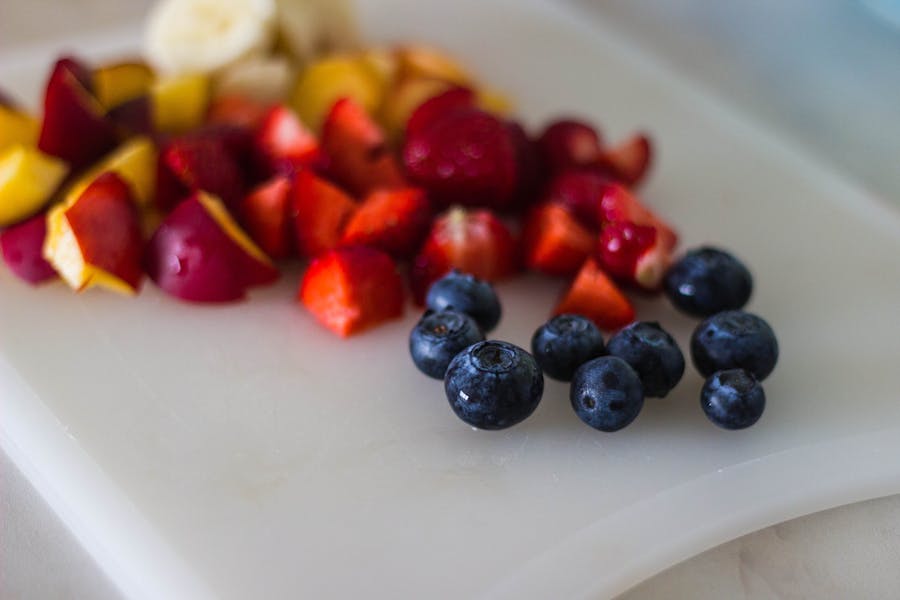Aging well isn't just by chance. New research reveals that diet, particularly foods rich in flavonoids, can significantly impact how you age, helping you remain physically strong, mobile, and mentally sharp. The science is promising.
Why it matters
Flavonoid-rich foods like berries, apples, tea, and red wine are linked to a 12–15% lower risk of frailty, physical decline, and poor mental health in older adults. For women, the benefits are especially clear.
See the end of this post for a detailed list of flavonoid-rich foods.
By the numbers
- The researchers tracked 62,743 women (Nurses’ Health Study) and 23,687 men (Health Professionals Study) for up to 24 years.
- Those with the highest flavonoid intake had:
- 15% lower frailty risk
- 12% lower risk of physical limitations
- 12% lower risk of poor mental health
Yes, but
Men saw fewer benefits overall. Why? The male cohort had shorter follow-up time and fewer participants, which may have limited findings. Also: Self-reported diet data isn’t perfect.

How it works
Flavonoids fight inflammation and oxidative stress, which drive aging. They also support brain health. Even small diet tweaks helped:
- Adding 3 servings/day of flavonoid-rich foods (think: an apple, a cup of tea, and a handful of berries) lowered frailty risk by 11%.
- Cutting back? Think twice. Those who reduced intake saw higher risks.
Types of flavonoids
You want all six varieties in your diet.
- Anthocyanidins: berries, red cabbage, grapes, cherries|
- Flavan-3-ols: tea, cocoa, apples, grapes, berries
- Flavanones: citrus fruits
- Flavones: parsley, thyme, celery, hot peppers
- Flavonols: onions, kale, broccoli, apples, tea
- Isoflavones: soybeans, soy products
Foods highest in flavonoids
- Berries: Especially blackberries, blueberries, strawberries, raspberries, and cherries. Blackberries are notable for containing all six major flavonoid types
- Red Cabbage: High in anthocyanins, a subclass of flavonoids.
- Onions: A leading source of flavonols in many diets.
- Kale and Other Leafy Greens: Rich in flavonols and other flavonoid subclasses.
- Parsley (fresh and dried): Extremely high in flavones, especially in dried form.
- Tea (black, green, oolong, white): One of the largest contributors to flavonoid intake globally, especially flavan-3-ols.
- Citrus Fruits: Oranges, lemons, and grapefruits are rich in flavanones.
- Apples and Grapes: Good sources of several flavonoid types.
- Soybeans: The best food source for isoflavones, a unique flavonoid subclass.
- Dark Chocolate and Cocoa: High in flavan-3-ols.
The takeaway
Eating flavonoid-rich foods is an easy way to support your long-term health. While the research shows women might see more benefits, everyone can gain something. Make simple changes like:
- Swap soda for tea
- Choose berries as a snack
- Add an apple to your daily diet
The science is clear: what you eat today can help you stay healthier as you age.

